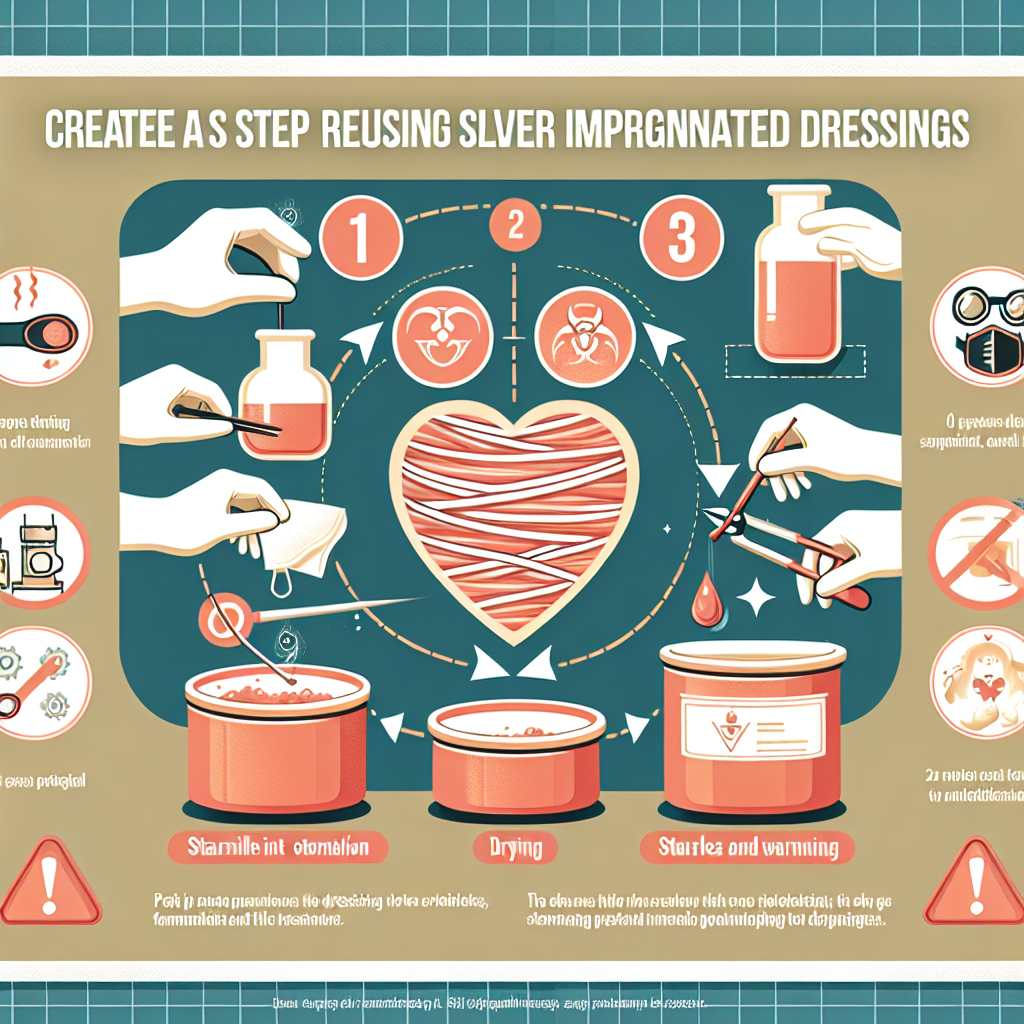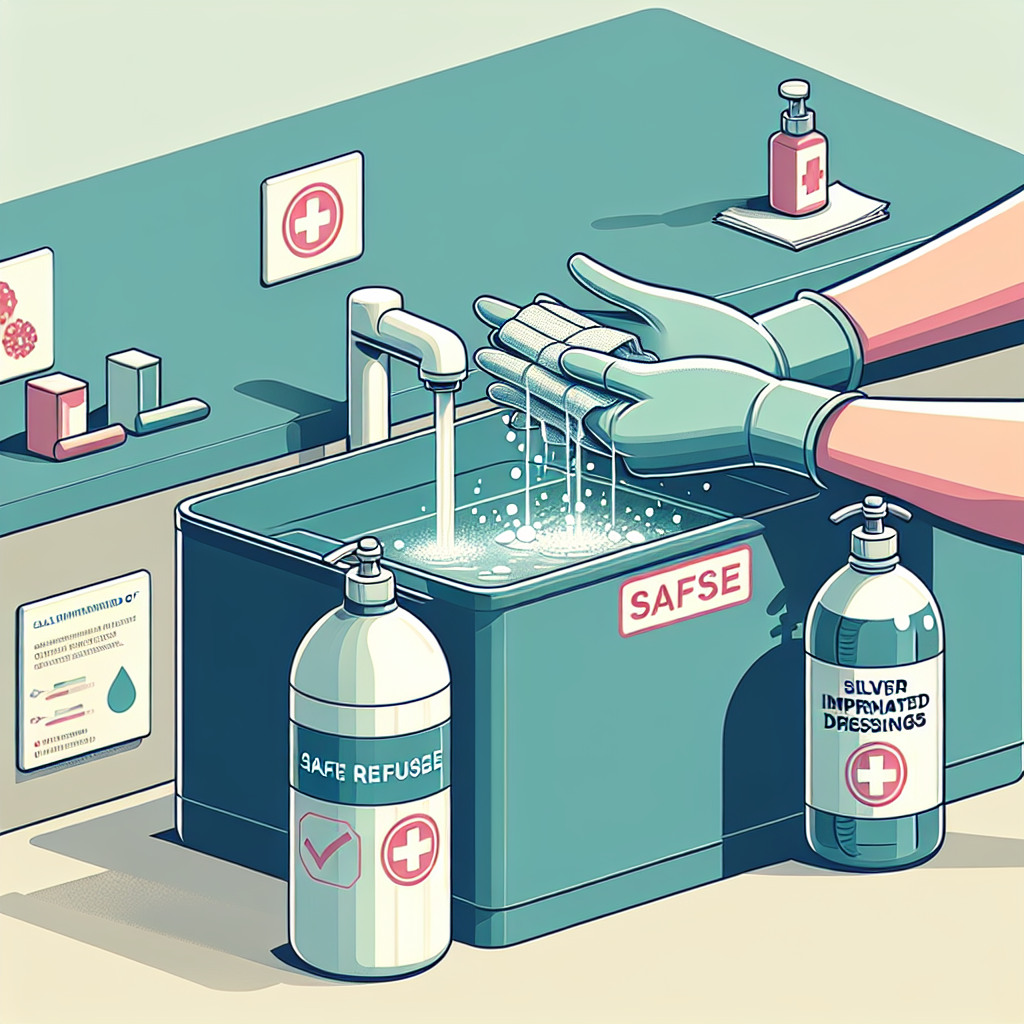Best Practices for Can You Reuse Silver Impregnated Dressings Safely
💡 Quick‑Hit Why It Matters
Did you know that chronic wounds affect approximately 6.5 million patients in the United States? These wounds can be challenging to manage and heal, often requiring advanced wound dressings. Today, we’re diving into the world of hydrocolloid dressings, a game-changer in wound care.
🔍 Dressing in the Spotlight
Hydrocolloid dressings are made from a unique material that interacts with the wound’s exudate to form a gel-like substance. This process creates a moist environment that promotes healing and aids in the removal of dead tissue.
⚖️ Compare & Contrast
- Hydrocolloid dressings are highly absorbent, making them ideal for moderately exuding wounds.
- They are occlusive, providing a barrier against bacteria and other contaminants.
- These dressings typically need to be changed every 3-5 days, depending on the wound’s condition.
- While they may be more expensive than traditional dressings, their extended wear time can offset the cost.
- Hydrocolloid dressings are easy to apply and remove, causing minimal discomfort to the patient.
🧪 Behind the Science
Hydrocolloid dressings work by maintaining a balance of moisture at the wound site, promoting autolytic debridement. This process uses the body’s enzymes and moisture to break down dead tissue. A recent study in 2021 confirmed that hydrocolloid dressings significantly improve wound healing rates compared to traditional dressings.
🩹 When & How to Apply
Applying a hydrocolloid dressing involves cleaning the wound, drying the surrounding skin, and then applying the dressing. It’s crucial to choose a dressing size that extends at least 1 inch beyond the wound’s edges.
🤝 Clinician + Caregiver Dialogue
Clinician: “We’re going to use a hydrocolloid dressing on your wound. It’s a special type of dressing that helps keep the wound moist and promotes healing.”
Patient: “Will it hurt when you change it?”
Clinician: “No, one of the benefits of this dressing is that it’s easy to remove and shouldn’t cause any discomfort.”
❓ Patient FAQs & Myths Busted
Q: Can I shower with a hydrocolloid dressing?
A: Yes, these dressings are waterproof. However, avoid direct water pressure on the dressing.
Myth: Hydrocolloid dressings can be used on all types of wounds.
Fact: These dressings are not suitable for wounds with heavy exudate or infected wounds.
📊 Mini Case Snapshot
A patient with a chronic venous leg ulcer was treated with a hydrocolloid dressing. After four weeks, the wound size had significantly reduced, and the patient reported less pain.
🔭 Future Frontiers
The future of wound care is exciting, with innovations like smart dressings that can monitor wound healing and deliver medication. Bioactive gels that can stimulate tissue regeneration are also on the horizon.
📌 Take‑Home Cheat Sheet
- Choose hydrocolloid dressings for moderately exuding wounds.
- Ensure the dressing extends at least 1 inch beyond the wound edges.
- Change the dressing every 3-5 days or as advised by your healthcare provider.
- Hydrocolloid dressings are not suitable for heavily exuding or infected wounds.
📢 Call to Action
At SpecialtyWoundCare.com, we’re committed to providing the best care for your wounds. Explore our range of advanced wound dressings and discover how we can help you on your healing journey.

